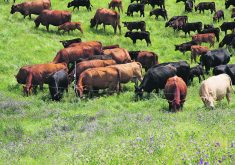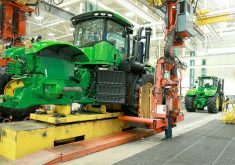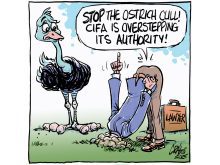Being a pacifist, I am opposed to the kind of violence being done to farmers in the name of financial expediency through mechanisms like the Estey report and the facilitating efforts of Mr. Kroeger.
Violence begets violence, and that is uncivil in itself. However, a squeeze by any other name would hurt as much. The social costs of squeezing the land, and squeezing farmers on the land, and squeezing farms off the land will make themselves known over time even if we ignore them now.
Having held on to the family farm over the last quarter century, I have been on the verge of despair often enough to understand the feeling.
Read Also

Budget seen as fairly solid, but worrying cracks appear
The reaction from the agriculture industry to prime minister Mark Carney’s first budget handed down November 4th has been largely positive.
I ask those who are inclined toward retribution to have some hope in the thought that the government itself has viable processes for evaluating the impact of changes in its policies with respect to agriculture.
There have been instances when it appeared that government was willing to consider the social, ecological and economic implications of its actions in the marketplace.
This is the direction we have to go with respect to grain transportation – rigorous analysis of the costs to the country of losing even more farmers than we have lost already. The value of traditional and site specific knowledge lost each time a farm family despairs of seeing any social equity and moves to town.
With remaining farmers needing to meet higher demands on cash flow, an in-depth social cost/benefit analysis of production is required with respect to soil viability in terms of lost production and long range productivity.
We need to categorize … the ecological impacts of increased reliance on trucking to haul grain to market in the shape of rural road repair costs, increased fuel use and pollution, and generally greater use of assets other than the most socially efficient. …
The question isn’t whether you are doing the right thing by the railroads, or even necessarily by the farmers, but whether we are giving our future the best shot it can get.
– Randal Hadland,
Dawson Creek, B.C.














